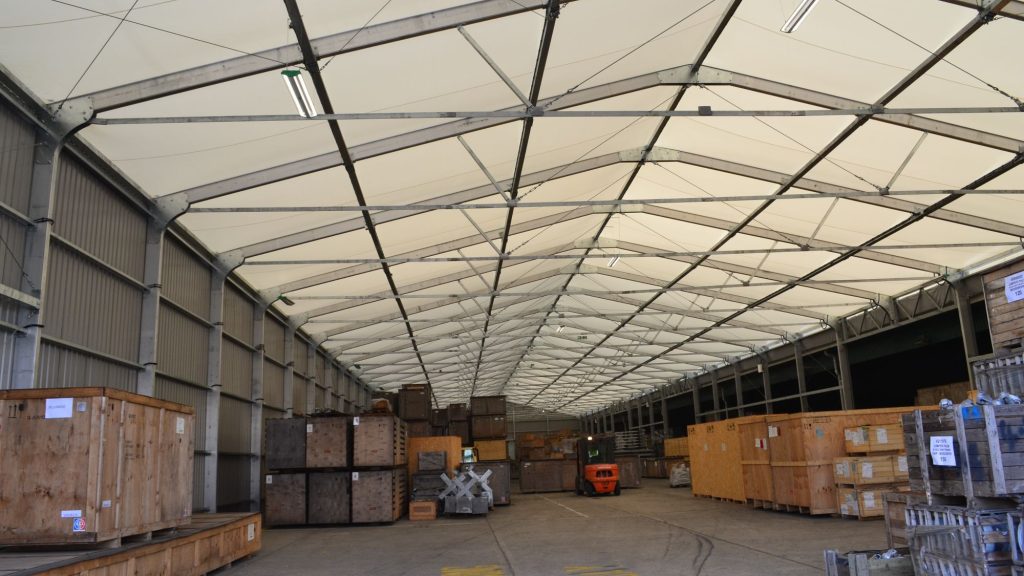Creating the perfect outdoor space begins with expert craftsmanship and a vision for lasting quality. A shed is more than just a storage space it is an extension of your home, lifestyle, and personal taste. Whether you need extra room for tools, hobbies, or relaxation, a well-built shed combines functionality with style. Springtown Shed Builder delivers this balance through precise construction, durable materials, and customized design. Every project is handled with care, ensuring your outdoor area becomes a reflection of your needs and creativity. Experience how skilled craftsmanship transforms simple ideas into outdoor perfection.
Expert Design Meets Durability
A shed built by professional’s stands apart in strength and appearance. Springtown Shed Builder focuses on long-term value through:
- High-quality materials that resist weather damage and wear
- Stable foundation systems for reliable performance
- Custom design options to match your home’s layout and style
Each structure is crafted to last for years while maintaining a fresh, appealing look. The combination of expert planning and superior materials ensures your investment remains worthwhile and visually impressive.
Personalized Construction for Every Purpose
Every homeowner has unique needs. Some require a workshop, while others want a relaxing garden retreat. Springtown Shed Builder understands this difference and tailors each design to specific purposes.
Here’s how they create sheds that perfectly suit your space:
- Purpose-driven layouts – storage, workspace, or leisure use
- Flexible sizing – from compact to spacious options
- Smart organization features – shelving, hooks, and lofts for efficiency
This level of customization guarantees that your shed is not just useful but also adds value and beauty to your property.
A Commitment to Quality Craftsmanship
The foundation of excellent outdoor structures lies in expert craftsmanship. Every shed is built with attention to detail, from framing to finishing touches. This ensures:
- Structural stability
- Precise alignment and balance
- Smooth finishes for a professional look
Springtown Shed Builder follows strict quality standards in every project, offering results that blend durability and style seamlessly.
Enhance Your Outdoor Lifestyle
A well-built shed improves how you use your outdoor space. It can become:
- A secure storage solution for tools and equipment
- A creative studio or office space
- A cozy retreat for hobbies or relaxation
Adding such a structure enhances both convenience and comfort, turning unused yard space into a functional, attractive part of your home.
Why Choose Expert Builders
Choosing professionals like springtown sheds builder ensures peace of mind. You benefit from:
- Reliable construction backed by experience
- Attention to detail in every phase of the build
- Long-lasting value with minimal maintenance
When experts handle your project, you receive not only a structure but a lasting investment in quality and design. Outdoor perfection begins with expert construction and personalized design. Springtown Shed Builder transforms simple spaces into purposeful, durable, and beautiful extensions of your home. Whether for storage, work, or relaxation, each shed reflects skill, strength, and style. With a dedication to excellence and precision, you can trust their craftsmanship to deliver a structure that enhances both your property and lifestyle.





